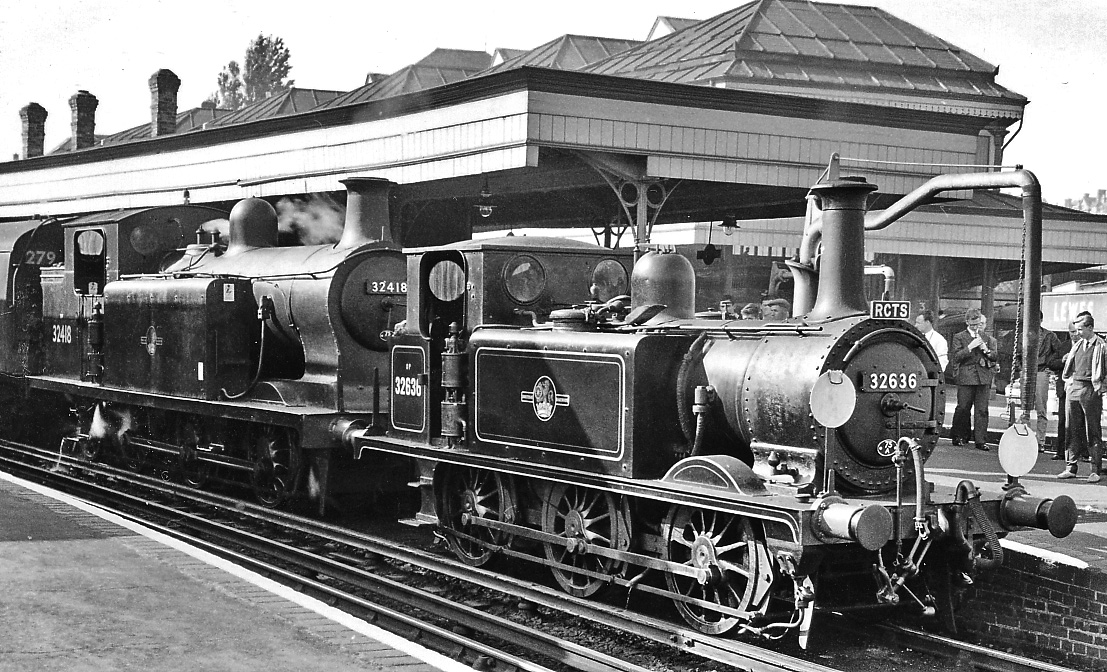Brighton Lewes and Hastings Railway on:
[Wikipedia]
[Google]
[Amazon]
 The Brighton, Lewes and Hastings Railway was an early railway in southern
The Brighton, Lewes and Hastings Railway was an early railway in southern
 The Brighton, Lewes and Hastings Railway was an early railway in southern
The Brighton, Lewes and Hastings Railway was an early railway in southern England
England is a country that is part of the United Kingdom. It shares land borders with Wales to its west and Scotland to its north. The Irish Sea lies northwest and the Celtic Sea to the southwest. It is separated from continental Europe b ...
that built the East Coastway line running between the three East Sussex towns mentioned in its name. The company existed from February 1844 but only operated trains for a few weeks during June and July 1846 before it was amalgamated with other companies to form the London Brighton and South Coast Railway
The London, Brighton and South Coast Railway (LB&SCR; known also as the Brighton line, the Brighton Railway or the Brighton) was a railway company in the United Kingdom from 1846 to 1922. Its territory formed a rough triangle, with London at its ...
(LB&SCR) on 27 July 1846.
History
Authorisation
The 1837Act of Parliament
Acts of Parliament, sometimes referred to as primary legislation, are texts of law passed by the Legislature, legislative body of a jurisdiction (often a parliament or council). In most countries with a parliamentary system of government, acts of ...
establishing the London and Brighton Railway
The London and Brighton Railway (L&BR) was a railway company in England which was incorporated in 1837 and survived until 1846. Its railway ran from a junction with the London and Croydon Railway (L&CR) at Norwood – which gives it access fro ...
(LBR), authorised the construction of branch lines to Shoreham and to Newhaven (East Sussex), but only the first of these was built. A new company was created in 1844 to build the second such a line, with an extension to join the South Eastern Railway at Hastings
Hastings () is a large seaside town and borough in East Sussex on the south coast of England,
east to the county town of Lewes and south east of London. The town gives its name to the Battle of Hastings, which took place to the north-west ...
, which would be operated by the LBR. The new company received Parliamentary approval on 29 July 1844, with permission for the directors to sell their concern to the LBR. The sale took place in 1845, although the company continued as a separate entity.
Construction and opening
The line involved constructing theLondon Road viaduct
The London Road Viaduct is a brick railway viaduct in Brighton, part of the city of Brighton and Hove in East Sussex, England. It carries the East Coastway Line between Brighton and London Road railway stations. Built in the 1840s for th ...
at Brighton, together with a long bank and tunnel at Falmer
Falmer is a small village and civil parish in the Lewes District of East Sussex, England, lying between Brighton and Lewes, approximately five miles (8 km) north-east of the former. It is also the site of Brighton & Hove Albion's Falmer ...
. The engineer was John Urpeth Rastrick
John Urpeth Rastrick (26 January 1780 – 1 November 1856) was one of the first English steam locomotive builders. In partnership with James Foster, he formed Foster, Rastrick and Company, the locomotive construction company that built the '' ...
. Construction started in September 1844 and the section between Brighton and Lewes was opened on 8 June 1846. The company ceased to exist when it was merged with others to form the London Brighton and South Coast Railway
The London, Brighton and South Coast Railway (LB&SCR; known also as the Brighton line, the Brighton Railway or the Brighton) was a railway company in the United Kingdom from 1846 to 1922. Its territory formed a rough triangle, with London at its ...
the following month. Further work on the line was completed by the LB&SCR.
References
{{reflist Transport in Brighton and Hove Early British railway companies Railway companies established in 1844 Railway lines opened in 1846 Railway companies disestablished in 1846 London, Brighton and South Coast Railway 1844 establishments in England British companies disestablished in 1846 British companies established in 1844